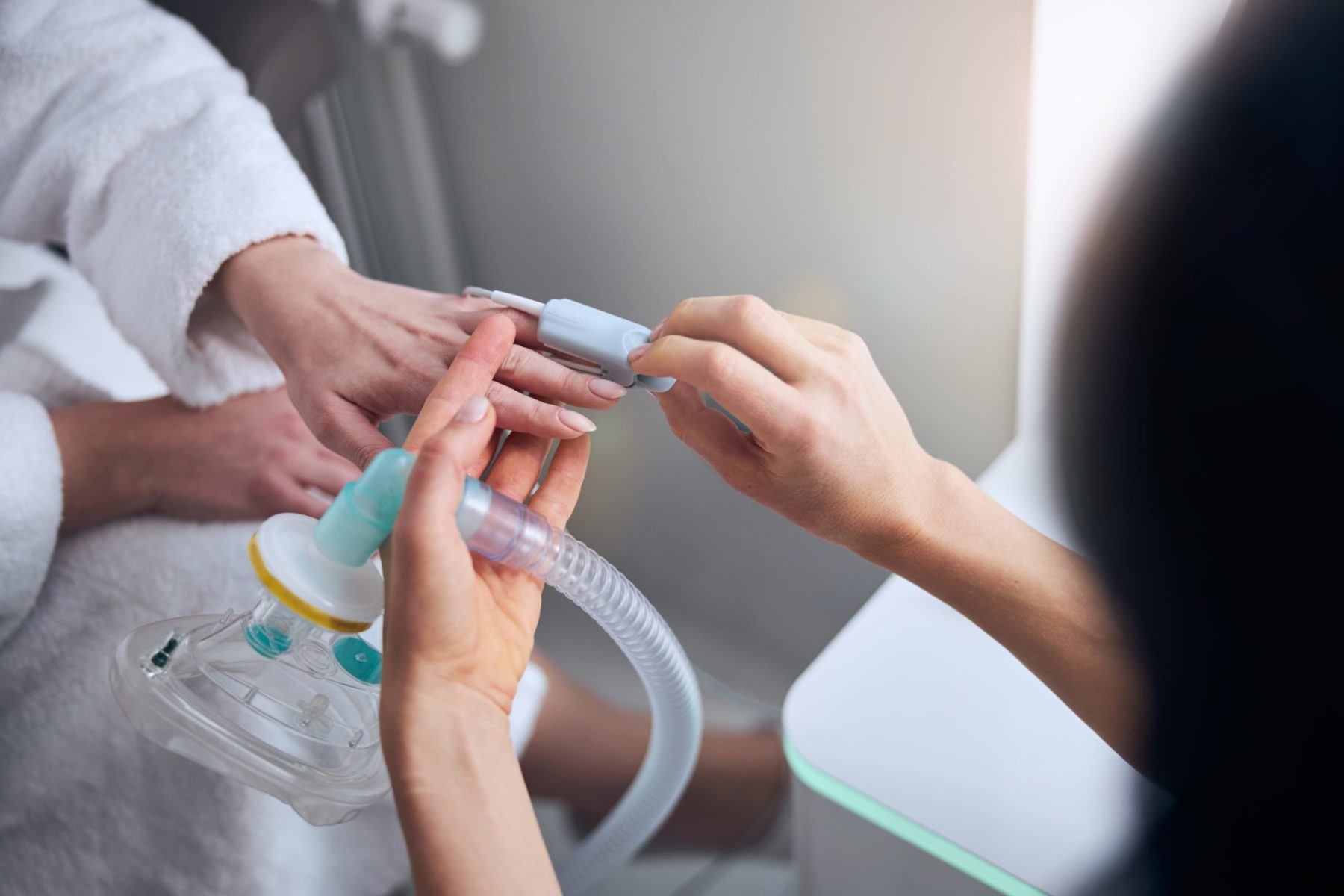You can’t always be there. But we can.
Oxygen Care: What You Should Know

National Influenza Vaccination Week
December 15, 2019
Tips for Taking Care of the Elderly in Your Home
October 20, 2020Oxygen Care: What You Should Know

We all need oxygen to survive. However, for some patients with certain conditions — such as sleep apnea, pulmonary fibrosis, or COPD — breathing isn’t especially easy.
Fortunately, people with breathing difficulties can be prescribed oxygen in the same way that many other medications are prescribed. In these cases, doctors give their patients prescriptions for oxygen in a dose-limited and regimented manner to help draw oxygen into the lungs and bloodstream. This process of receiving oxygen treatments in a controlled setting is called oxygen care.
While oxygen care is beneficial, it’s not always convenient. If you’re helping to administer oxygen to a patient or loved one, you’ll have to take special care to minimize certain risks and hazards that can accompany the treatment.
What to Keep in Mind During Oxygen Care at Home
Generally, oxygen care involves the use of a device that administers free-flowing oxygen. The type of device prescribed/used is dependent on the severity of a patient’s condition. For instance, most patients are recommended to receive oxygen care via a nasal cannula — a thin tube that connects within the nostrils. However, those with severe breathing issues may need to use an oxygen mask that fits over the nose and mouth.
Because oxygen therapy involves the use of medical equipment — such as oxygen canisters, tubing, and headgear — you’ll have to set up the recipient’s environment to facilitate safe use.
- Ensure oxygen cables/tubing are safely tucked away or taped to the floor to prevent falls and other accidents
- Store oxygen canisters in a safe, cool place away from sources of heat during and after oxygen care
Making Oxygen Therapy More Comfortable
Although oxygen care is designed to aid a patient, the process can be unpleasant. Thankfully, by taking some precautions, you can make oxygen care at home more comfortable for the recipient.
- Oxygen masks and cannulas can dry out the nose and/or lips. Apply a thin, non-oil based moisturizer or lubricant to reduce dryness/discomfort and ensure these areas remain moisturized
- Only use/administer oxygen care with a person who is sober, as drugs can affect one’s breathing rate and therefore reduce the efficacy of treatment
- Ensure wires/tubing are out of the way and are not tangled
Avoid the Risk of Fire
If pure oxygen leaks from an oxygen device or canister, it can elevate the oxygen level in a room or home. Elevated oxygen levels can increase the risk and intensity of fires, therefore, it’s crucial to only administer oxygen care in safe, controlled environments after taking the following precautions:
- Oxygen is colorless and odorless, so regularly checking the integrity of an oxygen canister/container is the only way to verify that oxygen isn’t leaking
- Keep oxygen canisters upright and periodically check for leaks (you’ll hear a loud hissing)
- Administer the treatment in a well-ventilated, non-confined area and close oxygen valves when not in use
To learn more about our approach to oxygen care at home, contact us at 1Heart Caregiver Services today!

